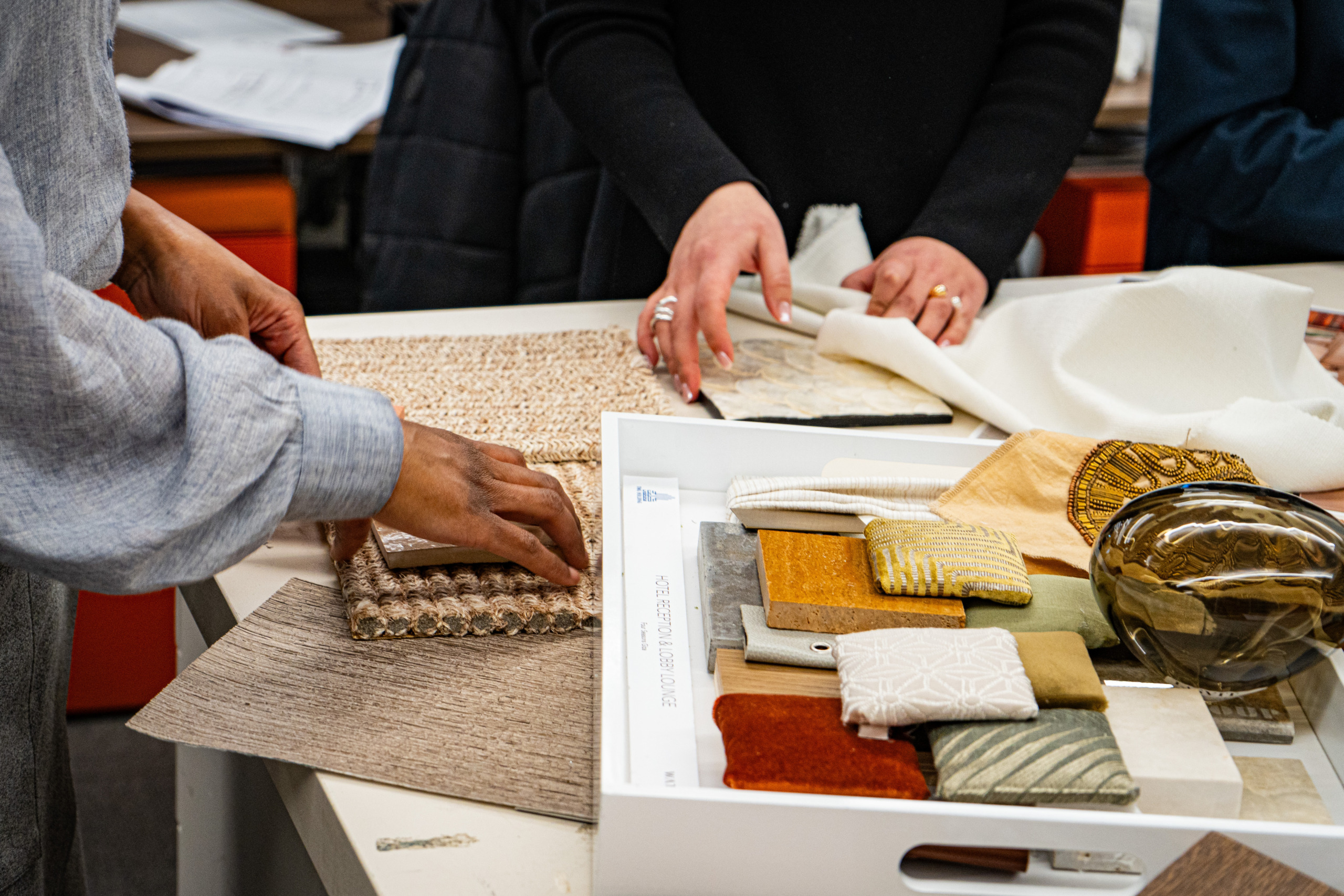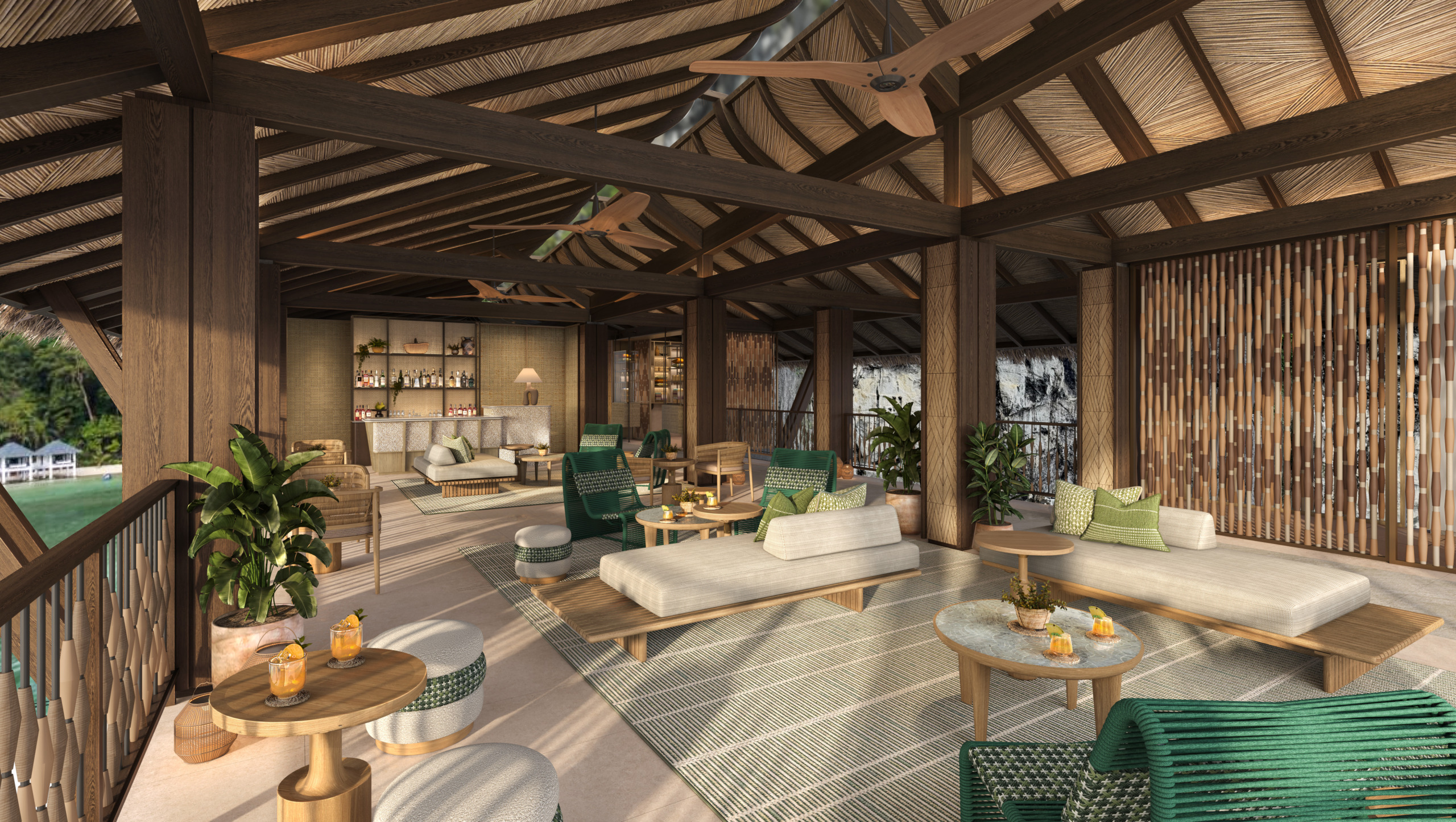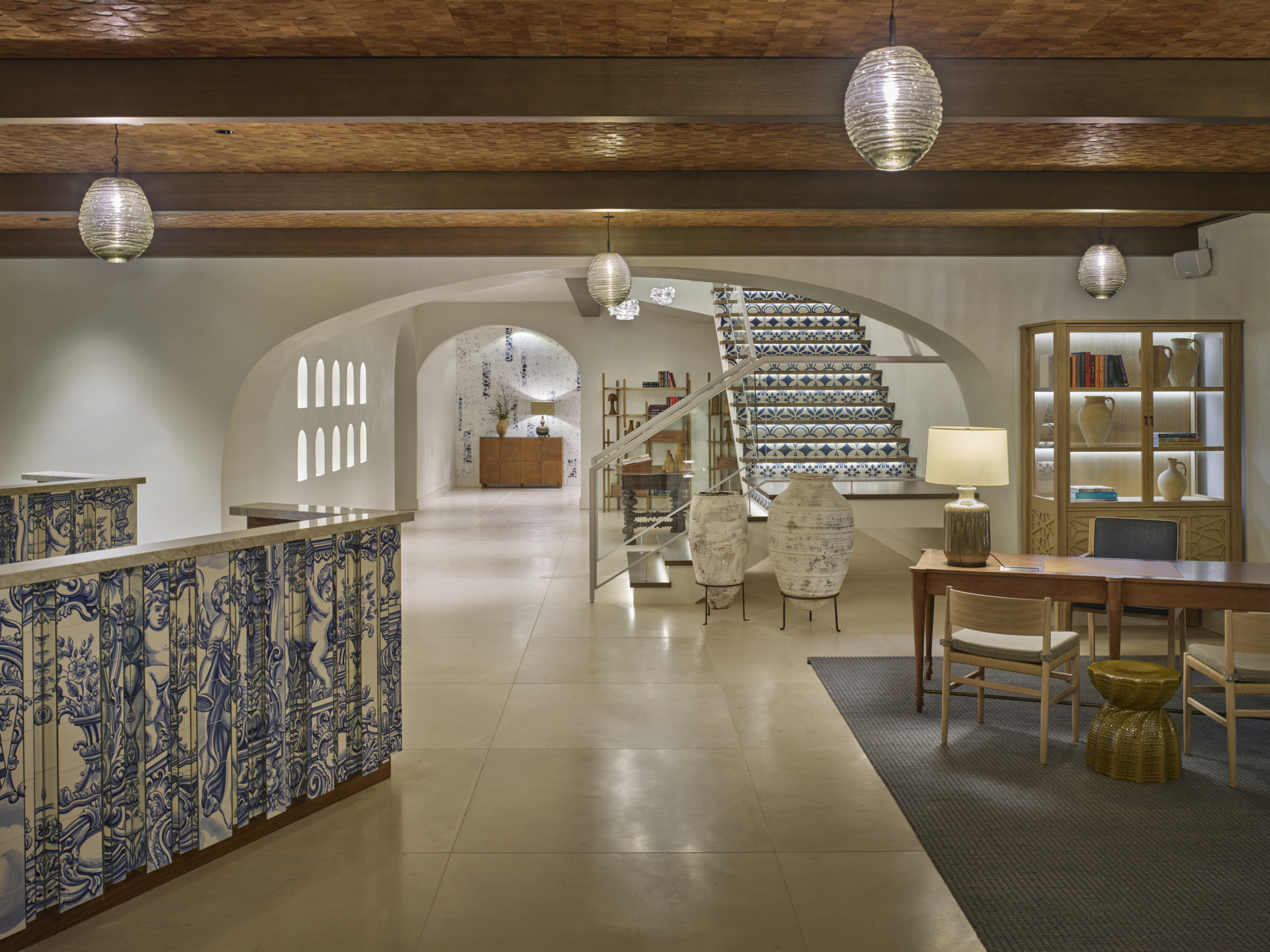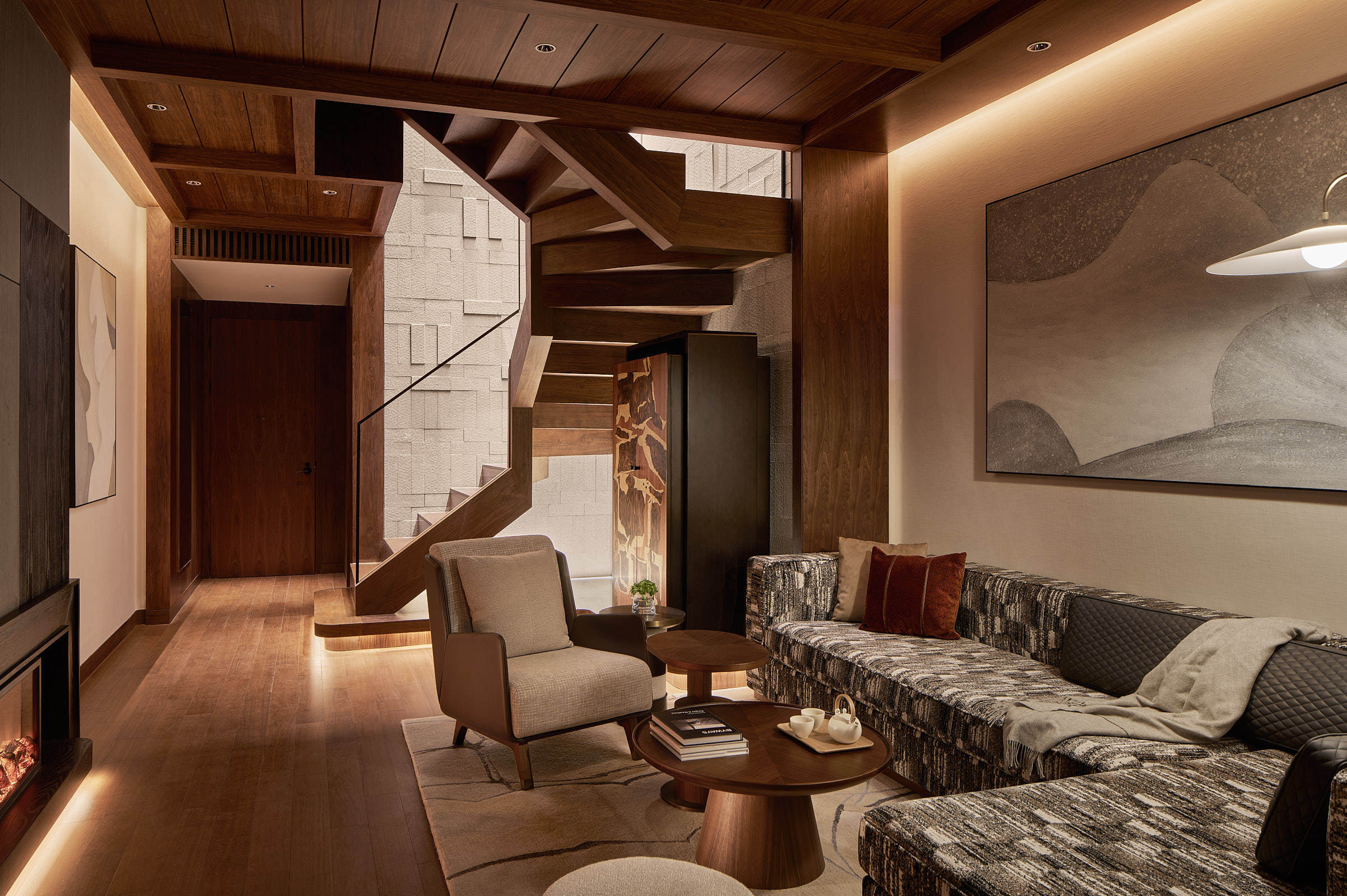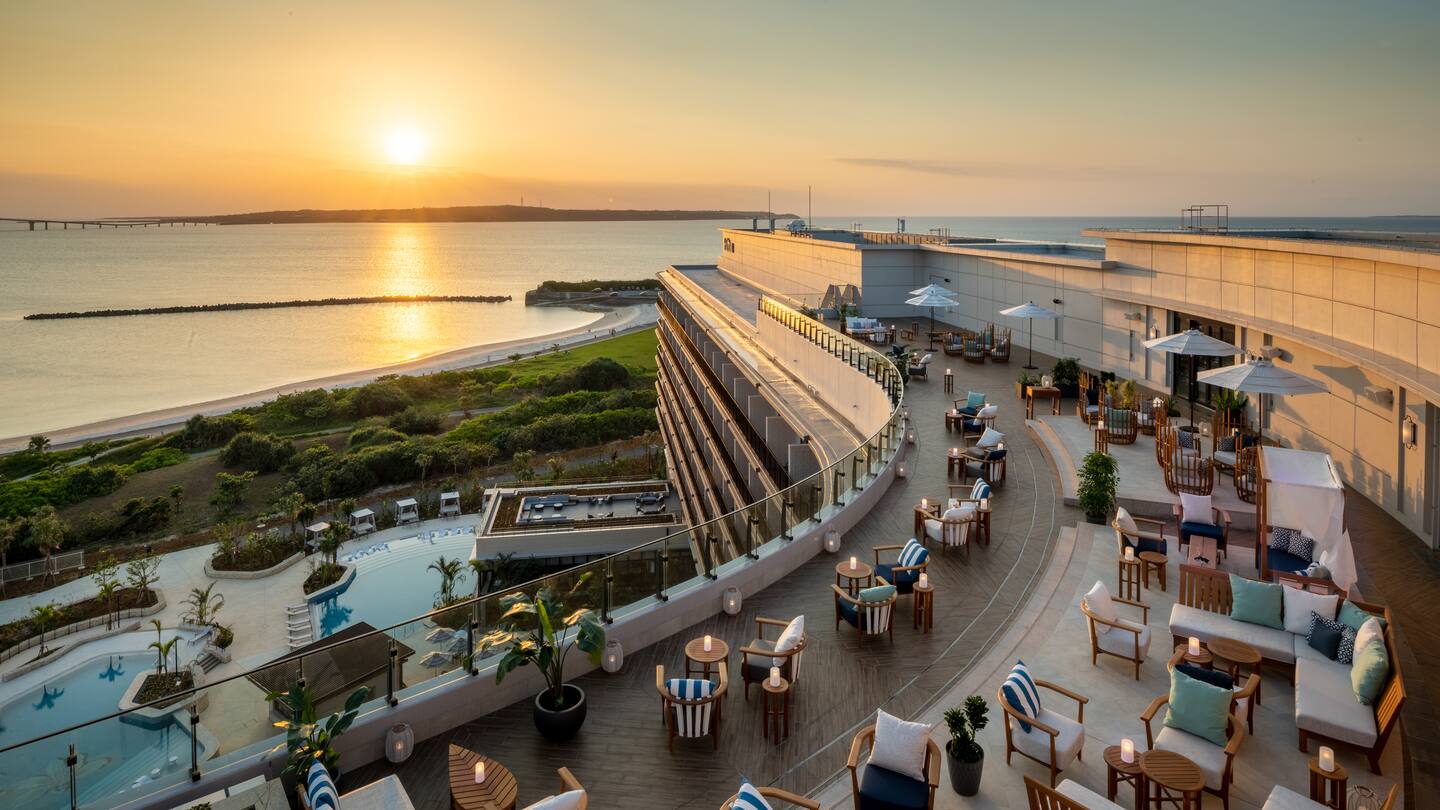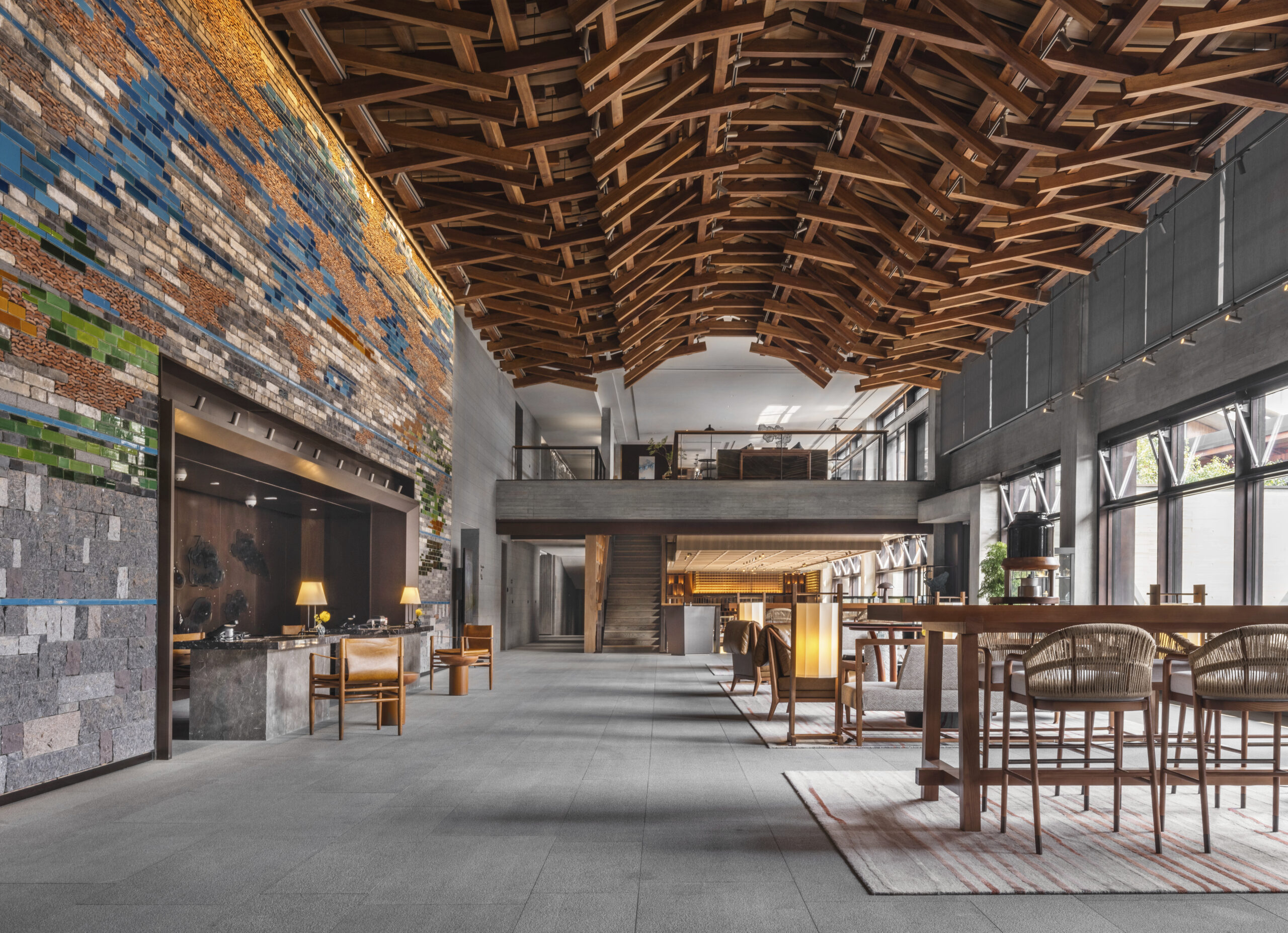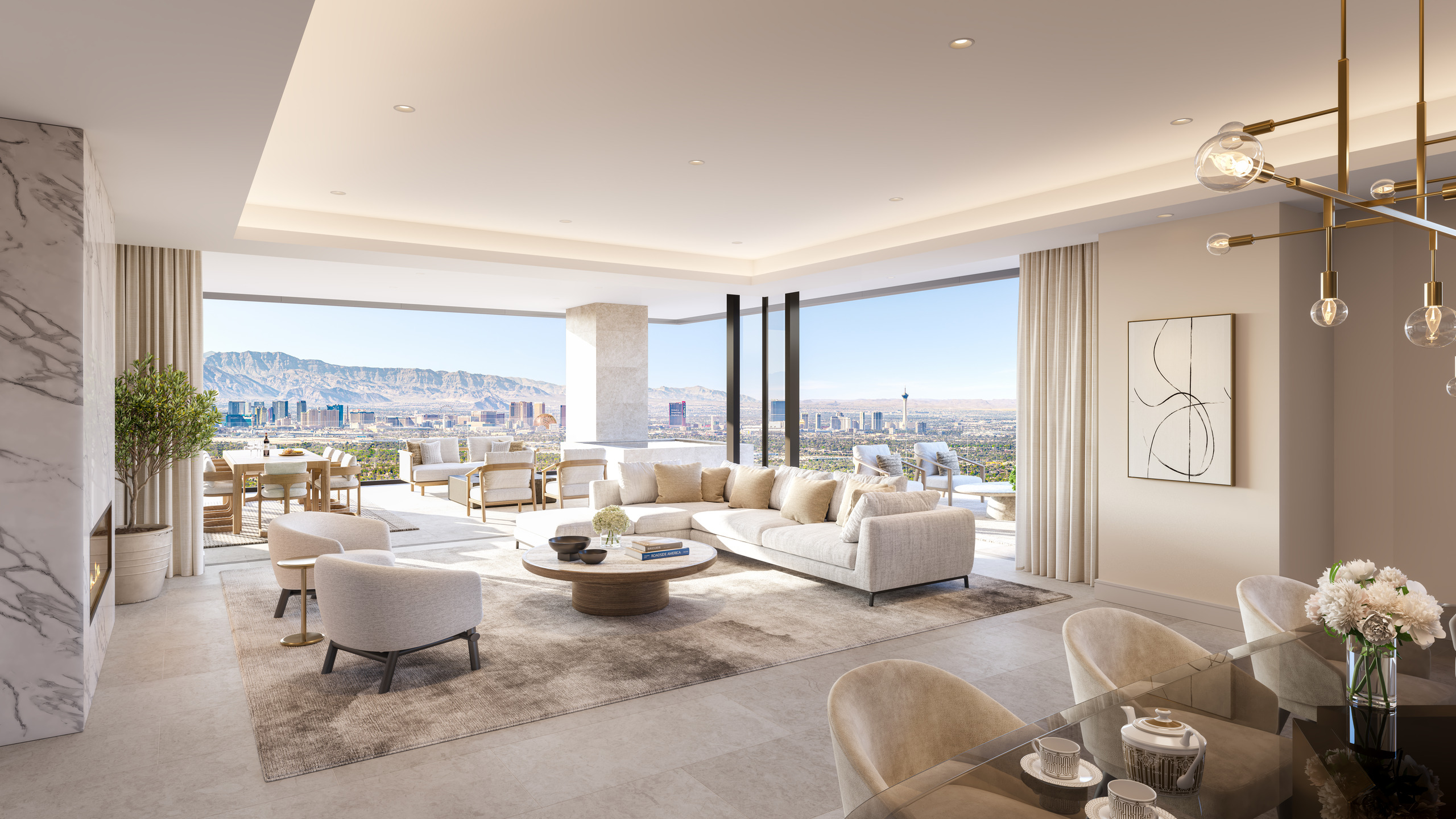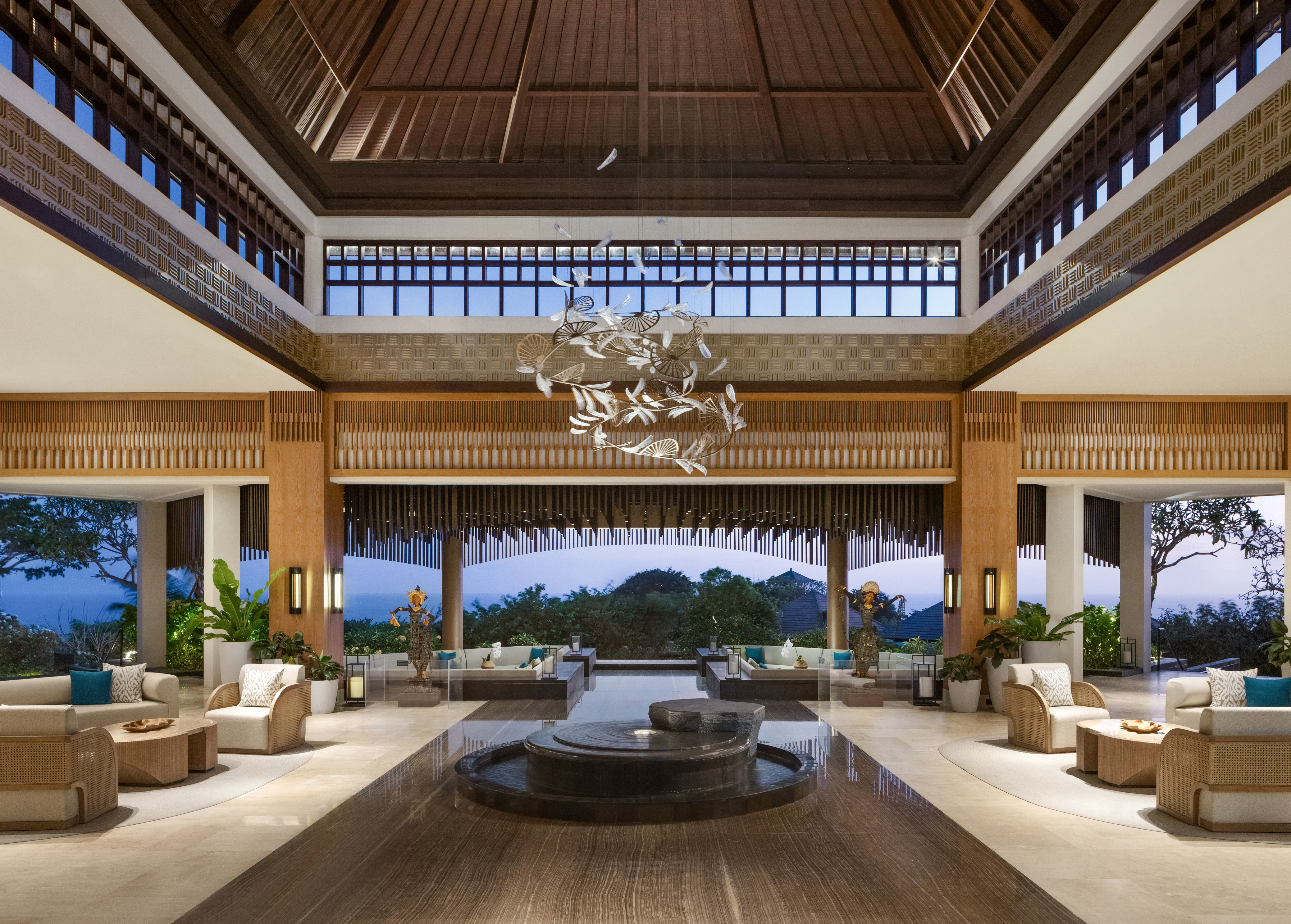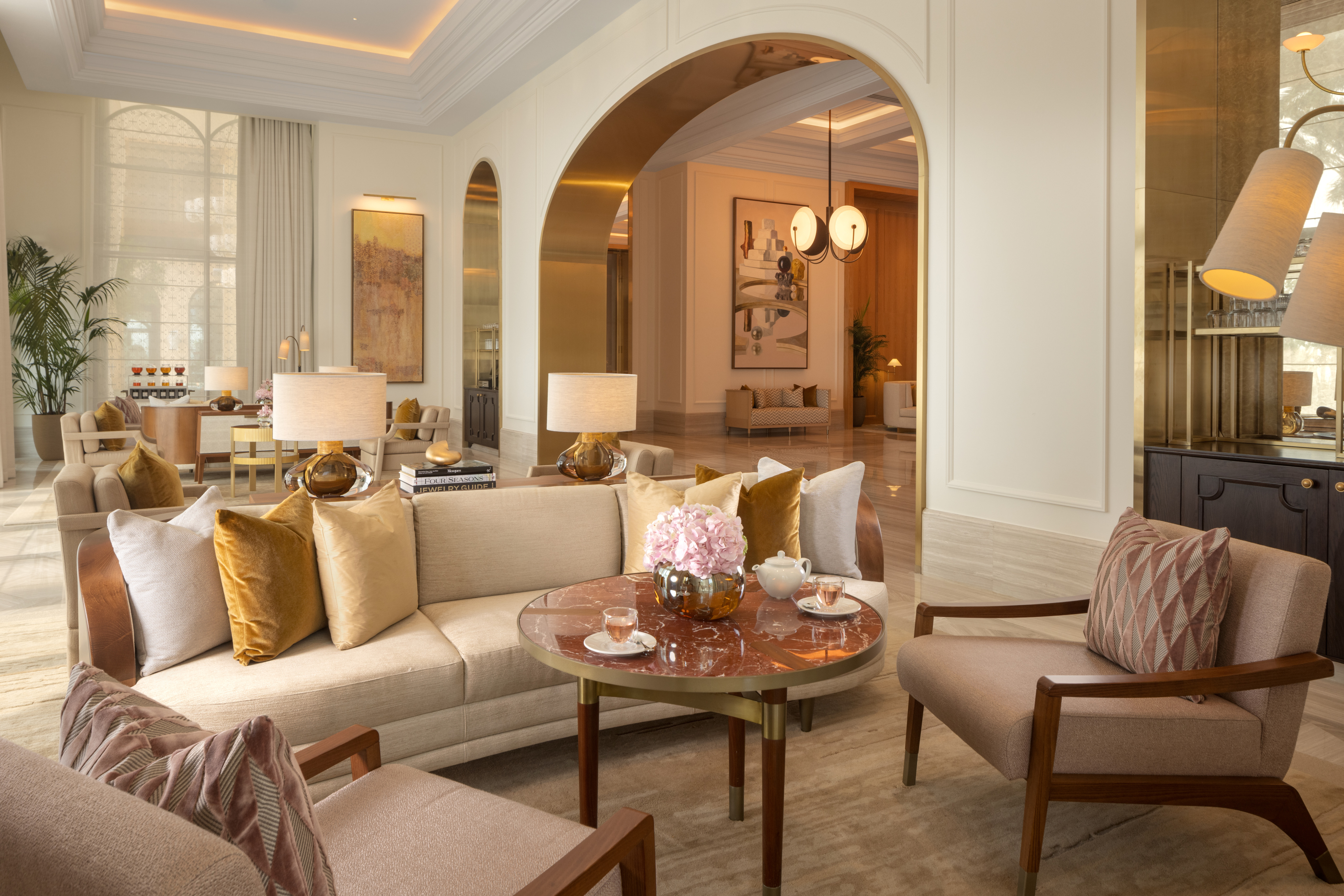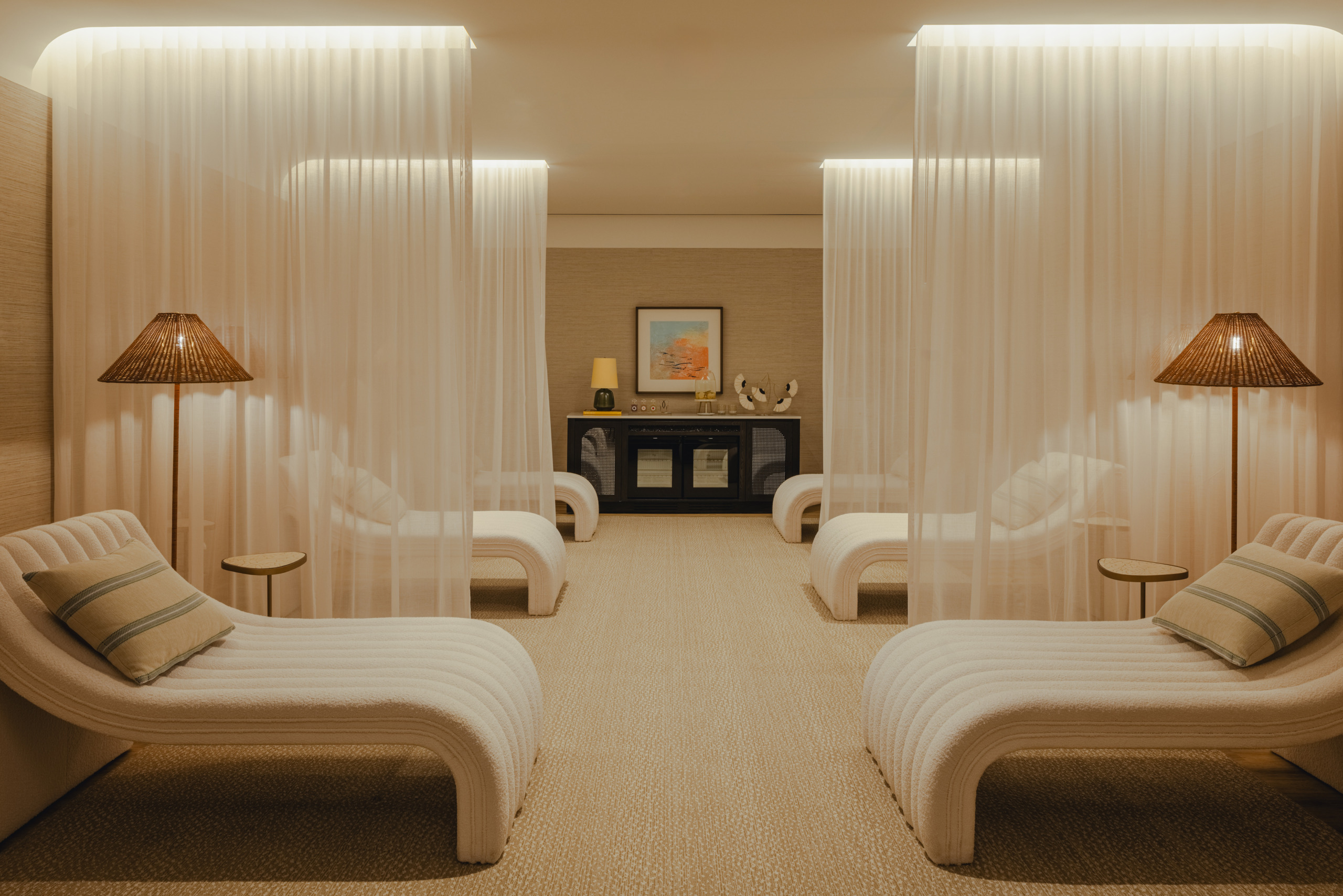The Rising Stars of Wimberly Interiors
By WATG
May 1, 2025
The Rising Stars of Wimberly Interiors
At Wimberly Interiors, design is more than aesthetics, it’s a narrative, emotive, and above all, a commitment made With Care. Our studio is enriched by the next generation of bold visionaries whose passion, creativity, and technical precision are shaping a more meaningful future in luxury hospitality design. Across our global offices, these designers are translating diverse experiences into elegant, sensory-rich environments that honor people and place.
In this article we celebrate seven of our emerging talents – Daniel Estrada, Viola Carnelli, Kimberly Koh, Tamara Hinojosa, Annie Luo, Britney Sheen, and Ginny Siu – each crafting distinct stories through design, while contributing to a shared ethos that defines Wimberly Interiors.
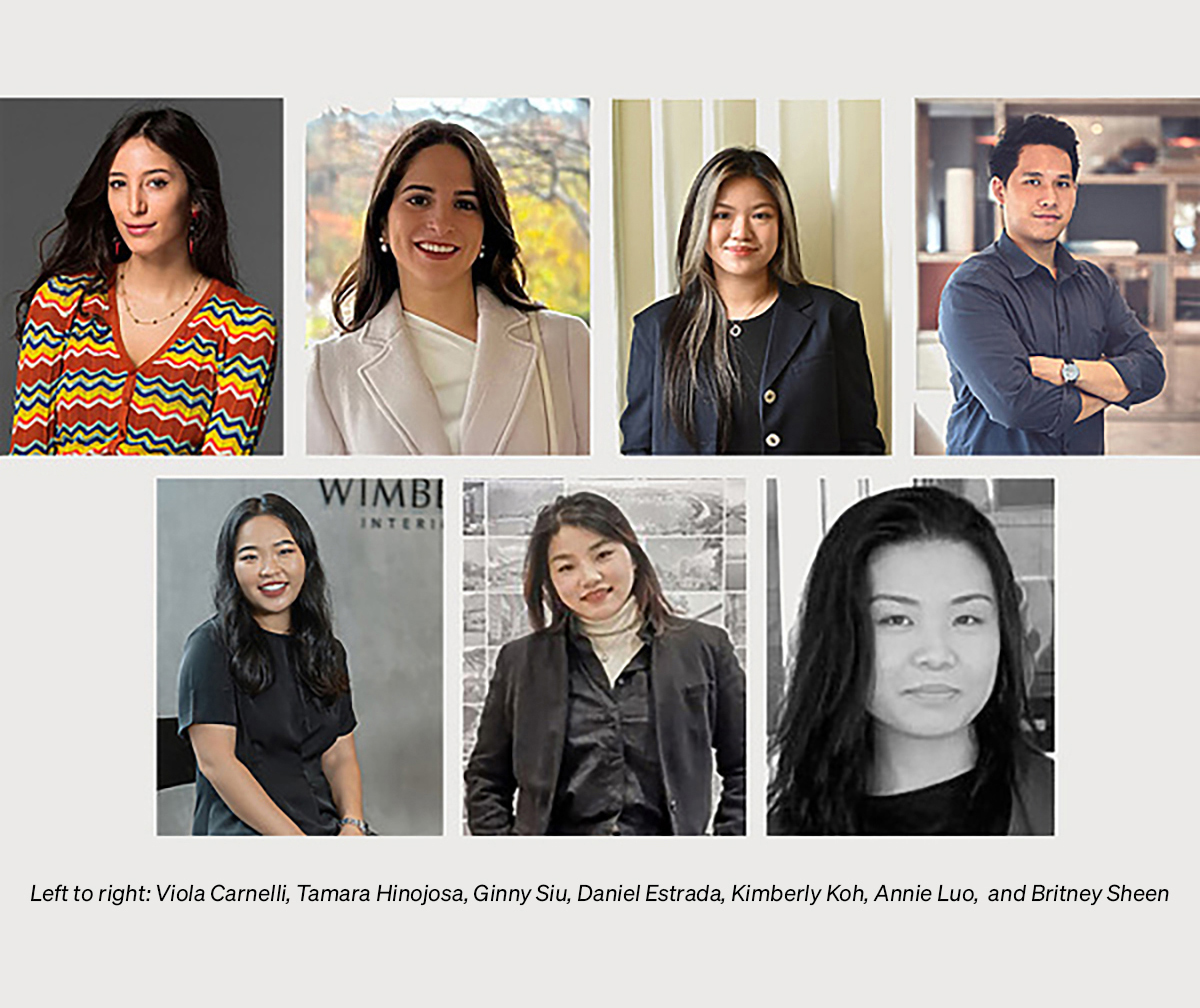
What inspired you to pursue a career in interior design?
Daniel: I was inspired to pursue a career in interior design by my father, who is an architect. I was especially drawn to the ambiance and emotional impact of interior spaces. After graduating from university in the Philippines, I was introduced to WATG by a former employee, which led me to join Wimberly Interiors.
Viola: I was driven by the desire to craft enchanting environments where people can truly engage with the space’s atmosphere, experiencing a meticulously designed world. After graduating, I spent a year working in Milan, my hometown, and then I made the decision to relocate to Wimberly to take on a new challenge at a renowned international studio.
Kimberly: I’ve always felt that I had neither leaned more towards arts or science, I was interested in both. Naturally, I thought a career in architecture would be a perfect fit for me, harnessing qualities from each discipline to achieve an elegant result. A short stint in an interior design team helped me understand that I really loved the ability to create and find meaning in the smallest of scales to the largest, all contributing to a cohesive setting and backdrop to moments of human connection.
Tamara: My mom is an architect, and during a memorable trip to NYC she really sparked my interest in architecture and design. After studying architecture, I moved to NYC and was inspired to move to hospitality interior design – Wimberly was the clear choice.
Annie: During my childhood, my father’s passion for furniture design inspired me to become an interior designer. In 2015, I searched the internet for “What is the best hotel design company in the world? “The answer was “WATG”. I am very happy to be a part of WATG.
Britney: I’ve always been drawn to the way spaces can tell stories. Like a good story, a space has the power to shift the mood. When I travel to new places, I always pay attention to how people experience the space. My journey led me to Wimberly Interiors as a place where I can continue to grow as a designer while contributing to meaningful, narrative-driven projects.
Ginny: The fascination of translating artistic expression into spatial experiences is what initially led me to study architecture. Along the way, I developed a passion for textures, detail and materiality. That passion naturally guided me toward interior design, and to Wimberly Interiors.
How do you balance creativity with functionality in your projects?
Viola: The most successful projects often reflect a natural harmony between functionality and creativity in the designers’ approach. Take, for instance, the Superleggera chair by Gio Ponti; it stands out as one of the most functional design pieces, showcasing cleverness and uniqueness, combined with a remarkable degree of creative genius.
Annie: I usually prioritize functional needs, balancing creativity with functional feasibility. Function blossoms into a poetic essence based on design creativity, giving creativity a lasting life.
Ginny: I believe interior and architectural spaces should reflect the experience we, as designers, want to create for the people who use them. Design is about people – how they live, move, and interact with their environment. When that becomes the focus, balancing creativity with functionality becomes intuitive.
How do you interpret Wimberly Interiors’ design philosophy "With Care" in your projects?
Daniel: Incorporating a sense of place adds human connection and creates a deeper, more personal experience. This approach allows us to draw inspiration for elegant designs and details while thoughtfully integrating sensory-rich elements that resonate with guests and enhance their overall experience of the space. That attention to emotional resonance is a reflection of designing “with care” – every choice is made to connect more meaningfully with people.
Annie: By exploring the historical and cultural context of a space and connecting it to the user’s emotional resonance, we translate that story into a design language. Using colour, materials, furniture, and spatial layout, we create narrative scenes that immerse users in an experience. That emotional connection is the heart of caring – design becomes a bridge between people and place.
Kimberly: Every project is unique to the people, the locale, the context. “With Care” speaks to the effort to understand these nuances on a deeper level. My hope is that the relationships formed during and after the project leave a lasting impression, not only on our collaborators but also on the guests.
Tamara: Our team is deeply passionate. We really care about what we do, and we work hard to create special, thoughtful details that make a space stand out. Caring also means staying engaged with our clients, keeping them involved and making sure their vision is honored. It’s about care for the craft, the people, and each other.
Britney: For me, it’s about understanding the unique qualities of both the client and the space. Whether it’s a personal style, a brand’s identity, or the history of the architecture, we immerse ourselves in their world. “With Care” means designing with empathy, intention, and a genuine desire to reflect who they are in the environments we create.
Storytelling is an integral part of Wimberly Interiors' approach. How do you use design to tell a compelling story that connects people to place?
Ginny: Storytelling is about creating spaces that feel intentional and grounded in a sense of place. It’s about weaving a narrative into the experience of the space—how people move through it, interact with it, and feel in it. Every design decision from the forms, the materials and textures, to the layout, the flow and lighting contributes to that narrative and connect people to the place. It could be inspired by the culture of the area, a memory, or even a mood we’re trying to capture, the aim is to create an experience that feels personal and meaningful.
Britney: I begin by immersing myself in the space’s context. Understanding its history, location, and the people who will inhabit it lays the groundwork for crafting a compelling design narrative. This narrative aims to encapsulate the desired guest experience within the space. I meticulously evaluate how colors, materials, furniture, and layouts influence mood and guest interaction.
How do you ensure that the spaces you design feel both luxurious and welcoming?
Ginny: It’s about centring the experience to the personal and human scale and allowing the spatial experience to reveal elevated moments through contrast and contradiction; an example would be playing with the scale of a large lobby, where a huge floor to ceiling height can be contradicted with intimate FF&E choices such as eye level table lamps, cozy chairs and carefully chosen fabrics and timbers. This can create an elevated experience while ensure the space is balanced, so it does not become overbearing and intimidating.
Can you share an example of a project where you had to push creative boundaries?
Daniel: Yanbai Villa Beijing was one of the first projects I worked on at Wimberly. I was tasked with developing perspective visuals and had to explore new techniques to achieve the desired outcome. By combining tools such as Photoshop, SketchUp, and hand sketches, I discovered that compelling visuals aren’t limited to traditional methods or standalone software.
Viola: The project I am currently engaged on represents the most formidable challenge in expanding my creative horizons. Fusing innovation, spectacularity and luxury together, to align with the immense scale of the building. We have designed solutions that elicit a “wow” response, through features that remain elegant while also harmonising with the intricate architecture through unprecedented design solutions, including kinetic devices, and cutting-edge materials.
What trends do you think will shape the future of luxury interior design?
Daniel: A new generation of travellers seek immersive experiences that connect them with nature and local culture, along with more bespoke and personalized stays. Sustainability is a central focus, with designers now minimizing carbon footprint without compromising on luxury.
Kimberly: There is a growing desire for unique experiences. People travel to make new memories discovering local knowledge, activities, foods, sights, sounds and connectedness. Age old wisdoms can be retold through interactions with cleverly designed interiors.
Tamara: Bespoke and immersive experiences that focus on blending comfort with innovation, creating sustainable spaces that resonate and feel unique.
Ginny: The rise of entertainment-driven hospitality – venues that double as event spaces, cultural hubs, situated next to or within arenas, and immersive experiences.
How do you see the role of sustainability evolving in high-end hospitality spaces?
Daniel: As designers, we have the power to lead by example. We can specify fewer, more meaningful materials—prioritizing those that are durable, low-impact, and locally sourced. Simple design choices like optimizing natural daylight, improving ventilation, and using adaptive reuse strategies can significantly reduce environmental footprints. It’s not just about reducing waste—it’s about designing smarter, with longevity and responsibility in mind.
Viola: Sustainability must become a core design standard, not a side feature. That starts with accountability—vetting suppliers for transparency, selecting regional manufacturers to cut emissions, and integrating repurposed or vintage elements wherever possible. True luxury will increasingly be defined not by excess, but by authenticity and conscious sourcing. As designers, we need to challenge norms and lead clients toward more informed, ethical decisions.
Ginny: Sustainability is not optional – it’s the new benchmark for innovation and relevance. Our role is to reframe it as a creative opportunity: collaborating with local artisans, experimenting with sustainable materials, and crafting narratives around origin and impact. Guests and clients alike are drawn to spaces that tell a meaningful story.
What excites you most about the future of interior design?
Daniel: The integration of AI into the design process is transformative, significantly streamlining workflows. Wimberly Interiors embraces innovation and the company’s support in leveraging technology has empowered designers to push boundaries.
Viola: I am fascinated by the future applications of innovative, sustainable materials such as mushrooms, lab-grown and recycled substances, and I look forward to exploring their potential in both architecture and interior design.
Kimberly: The technological innovations over recent years have created new ways of conceiving ideas and executing projects. At the heart of what we do, it is the people and relationships that matter and I’m curious and excited to see how we leverage new technology to further that ethos.
Britney: I think the most exciting thing is that it’s moving towards a more experiential, personalized, and immersive approach. Guests are no longer just looking for a place to stay. They are looking for unique and memorable experiences.
What is the most valuable lesson you’ve learned as a designer?
Viola: Always be passionate and curious about the world that surrounds you, never be superficial. Keep yourself intellectually stimulated: the more you nourish your mind and expand your viewpoint, the better designer you will be.
Tamara: The value of strong working relationships. Great design doesn’t happen in isolation – it’s the result of open communication, mutual respect, and collaboration between colleagues, clients, and consultants.
Annie: The importance of sharing and gratitude. I truly appreciate that our company invests in our growth by regularly providing opportunities to learn new skills and knowledge. I’m grateful for the platform Wimberly Interiors offers us to continuously deepen our understanding of design and elevate our craft.
Britney: Flexibility and adaptability are essential. Sometimes, things don’t go as planned. I’ve come to embrace those challenges as opportunities for creative problem-solving. Flexibility has allowed me to push my own boundaries and stay open to new ideas.
A New Chapter, With Care
We believe design is an invitation: to feel, to connect, to belong. The Rising Stars of Wimberly Interiors aren’t just shaping interiors, they’re shaping stories, memories, and moments that endure.
With care and with courage, they’re leading us into a future where design nurtures, delights, and inspires – one detail at a time.
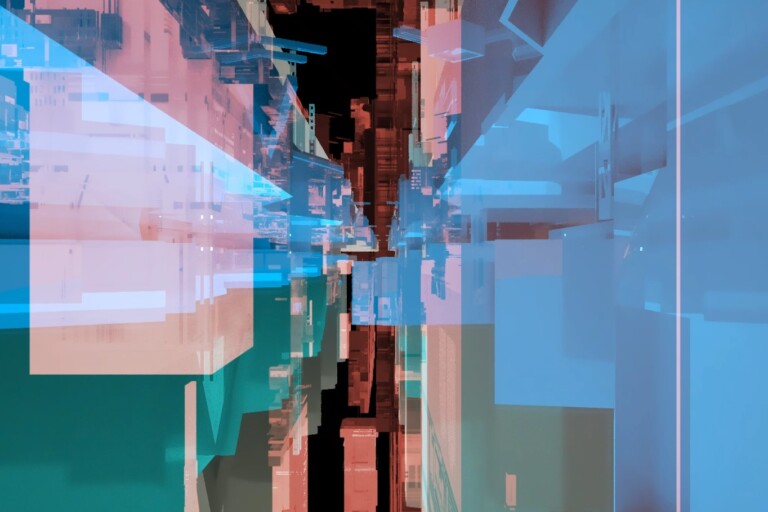
- Employee Feature
Shaping the Future: The Rising Stars of Digital Practice at WATG
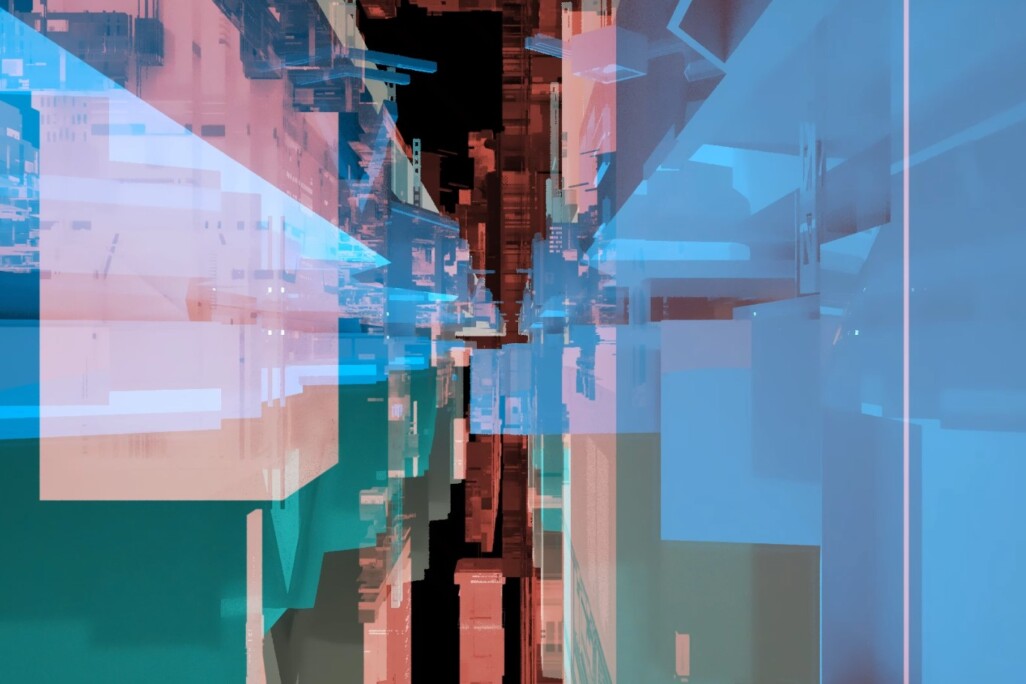
- Employee Feature
Shaping the Future: The Rising Stars of Digital Practice at WATG

- Employee Feature
The Rising Stars of Landscape Architecture & Master Planning

- Employee Feature
The Rising Stars of Landscape Architecture & Master Planning
Sorry, no results found.
Wimberly Interiors
A global design studio dedicated to crafting elegant, immersive environments where storytelling meets operational excellence. Since our founding we have partnered with discerning clients to translate their aspirations into cohesive, sensory-rich experiences. Through thoughtful listening, bold curiosity, and creative versatility, we bring visions to life with artistry, precision and care.
Latest Insights
Perspectives, trends, news.
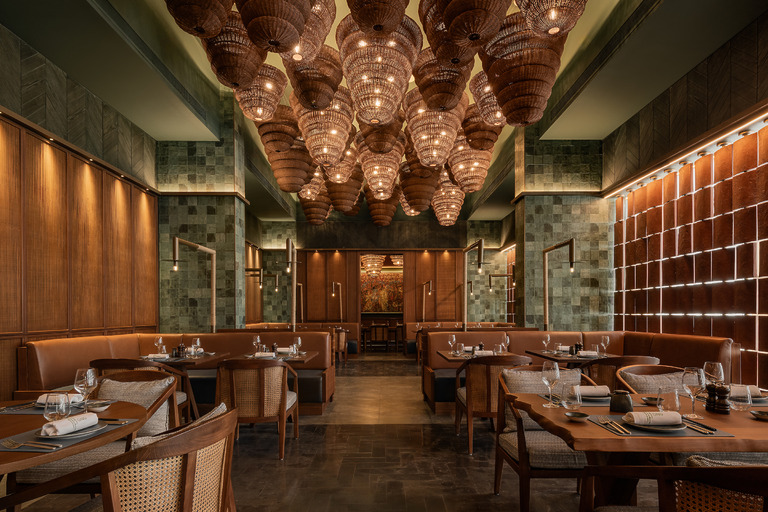
- Strategy & Research
Hospitality Trends 2026 by WATG Advisory
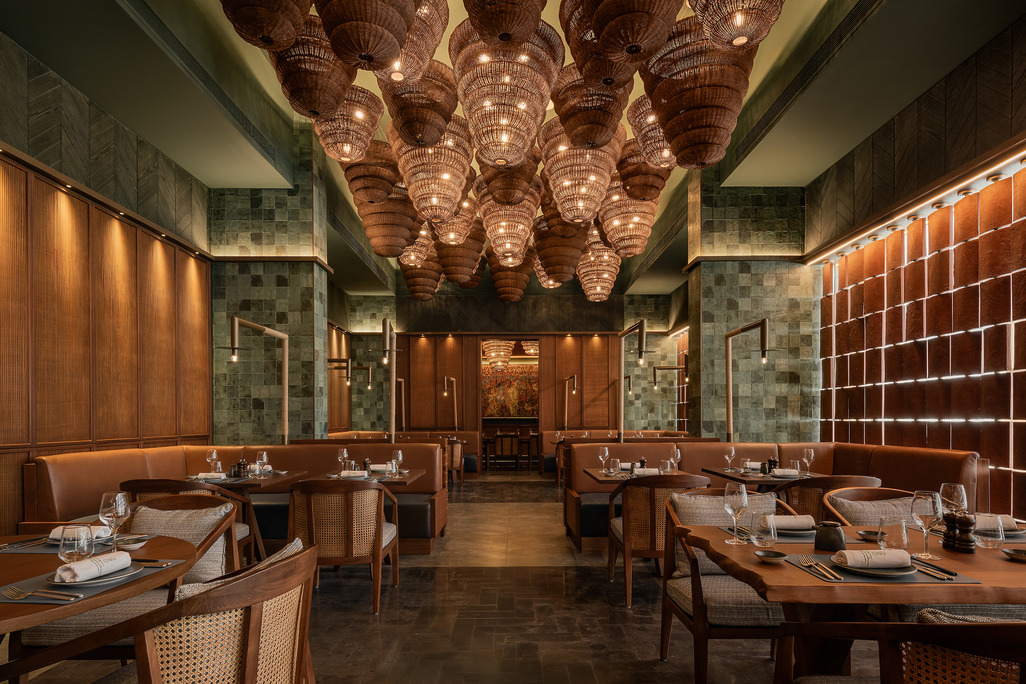
- Strategy & Research
Hospitality Trends 2026 by WATG Advisory
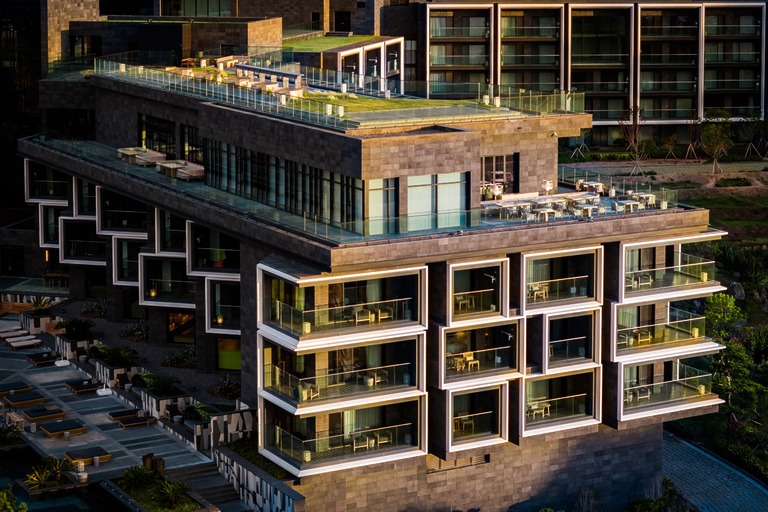
- Strategy & Research
Design to Perform: Aligning Creativity with Commercial Goals
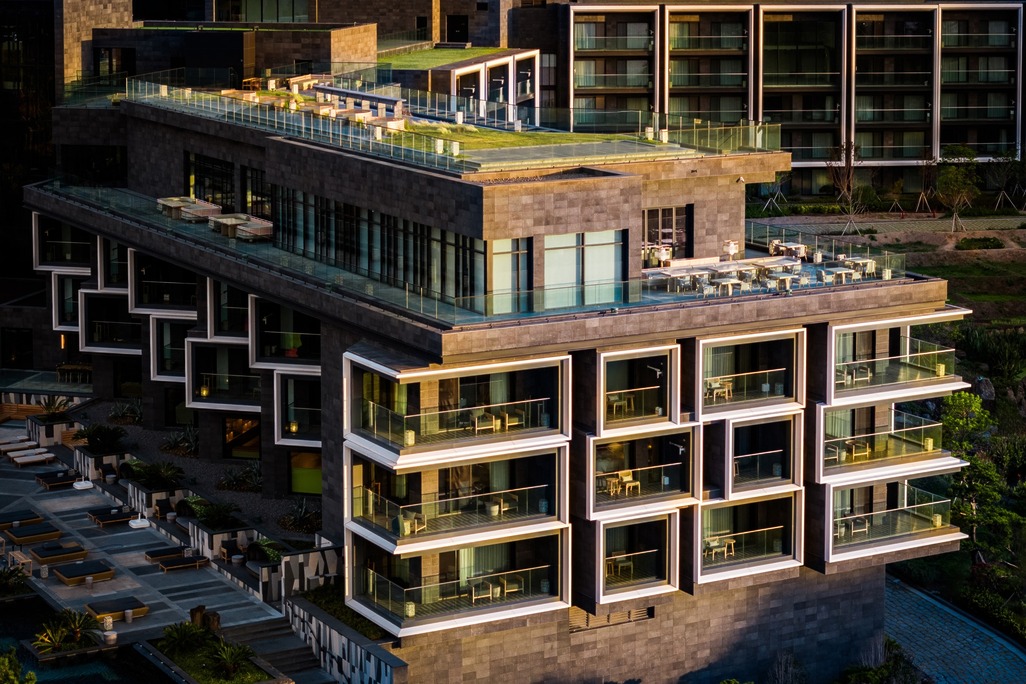
- Strategy & Research
Design to Perform: Aligning Creativity with Commercial Goals
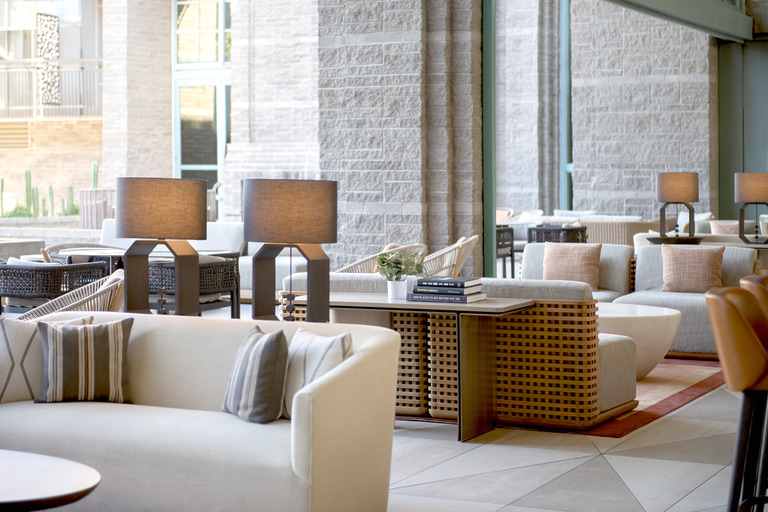
- White Paper
The Future of Group Travel: Insights from WATG Research’s 2025 Sentiment Survey
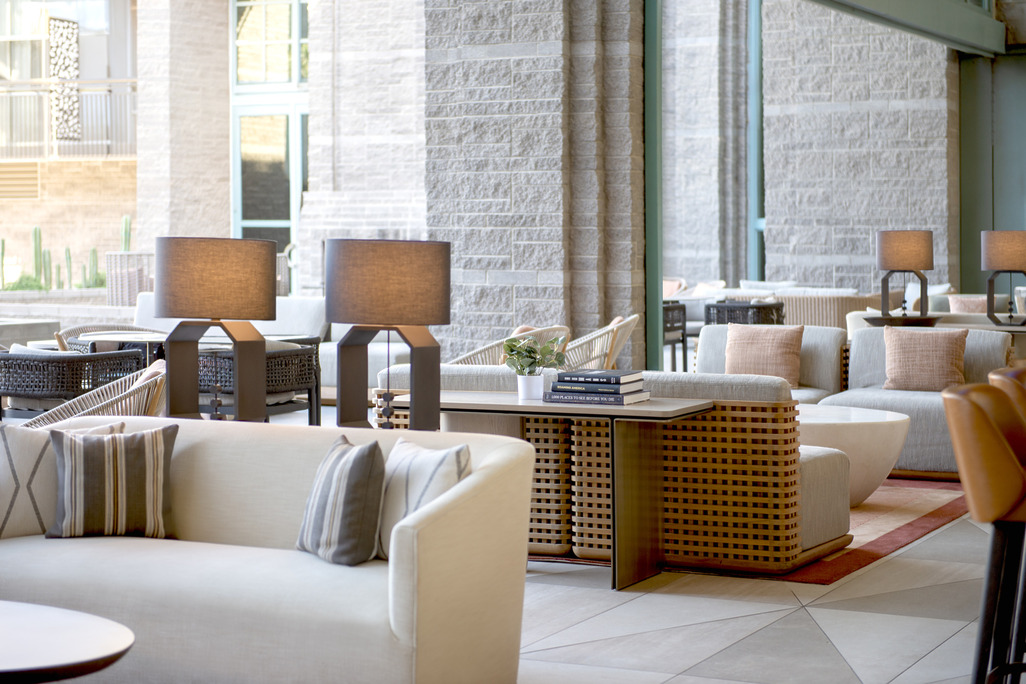
- White Paper
The Future of Group Travel: Insights from WATG Research’s 2025 Sentiment Survey
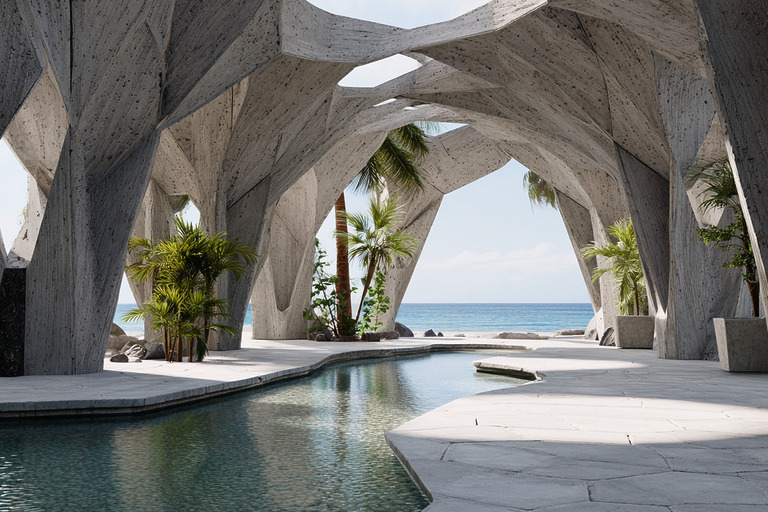
- Employee Feature
The Future of AI in Architecture
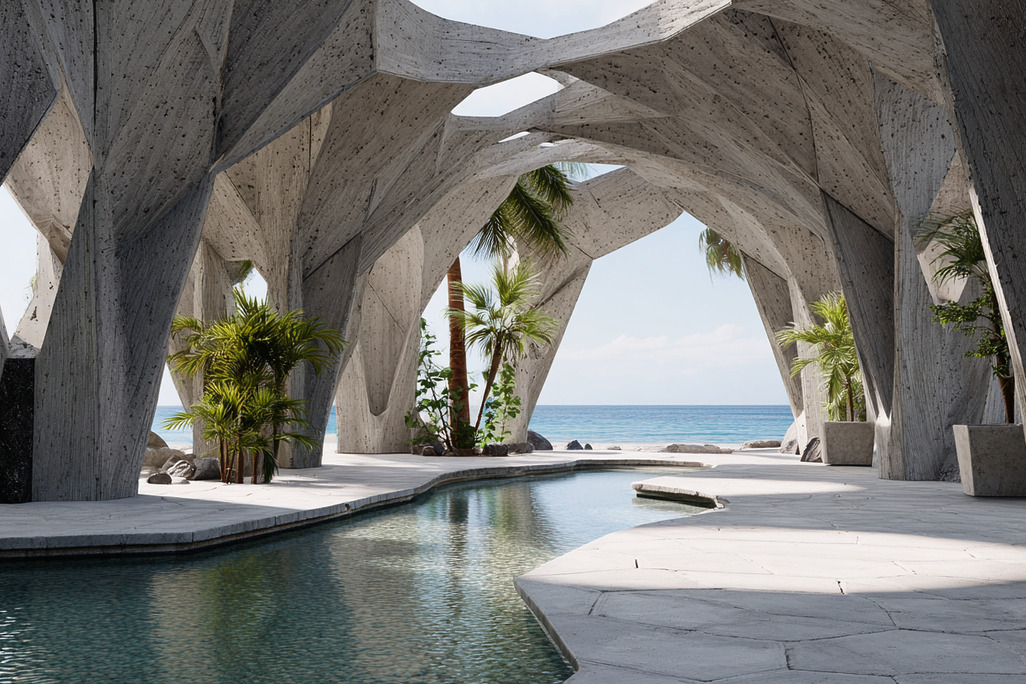
- Employee Feature
